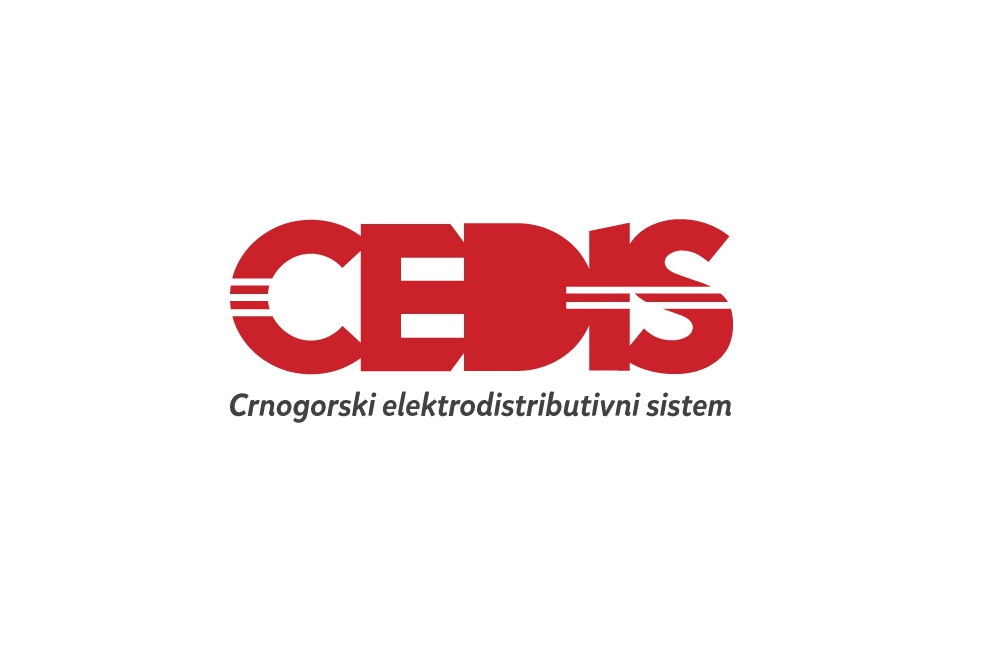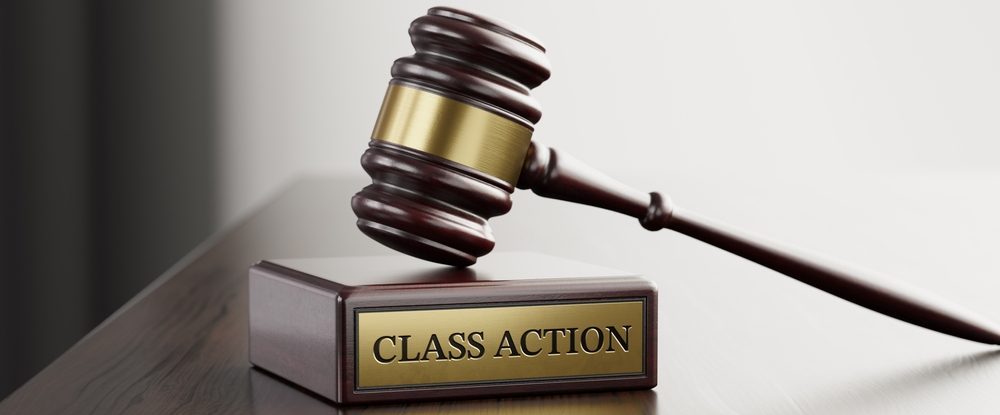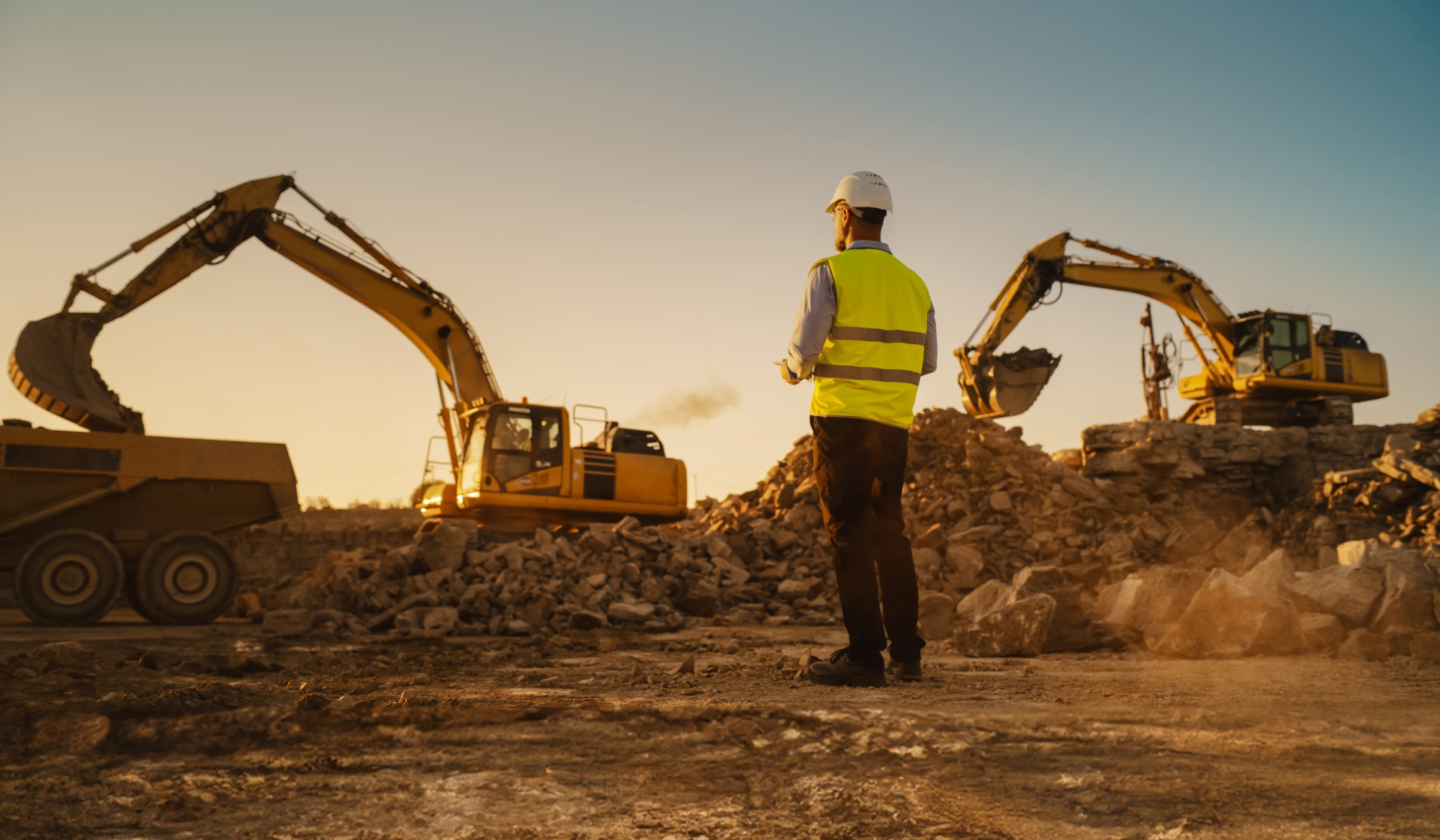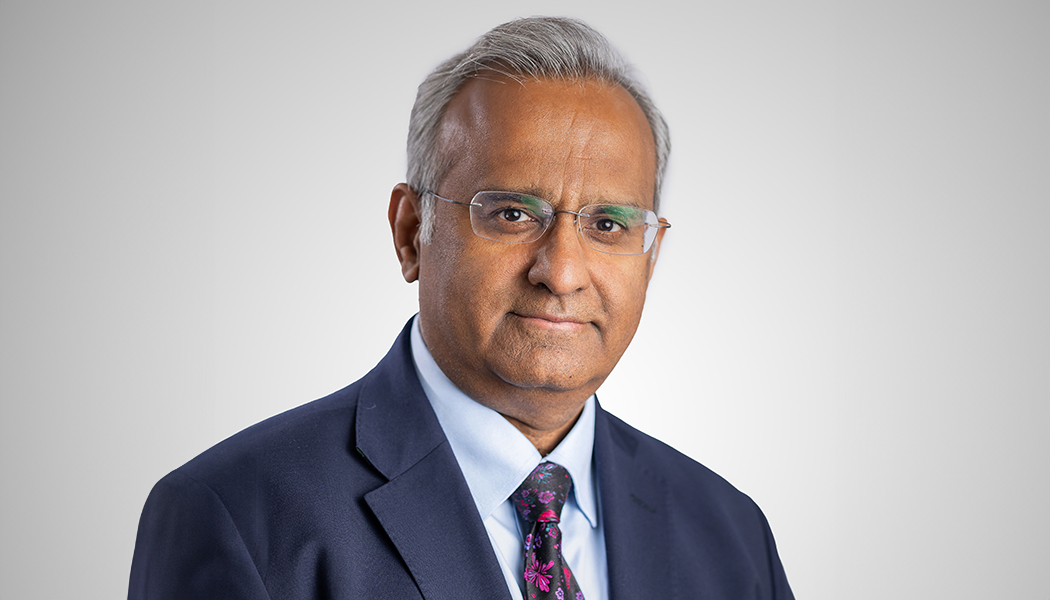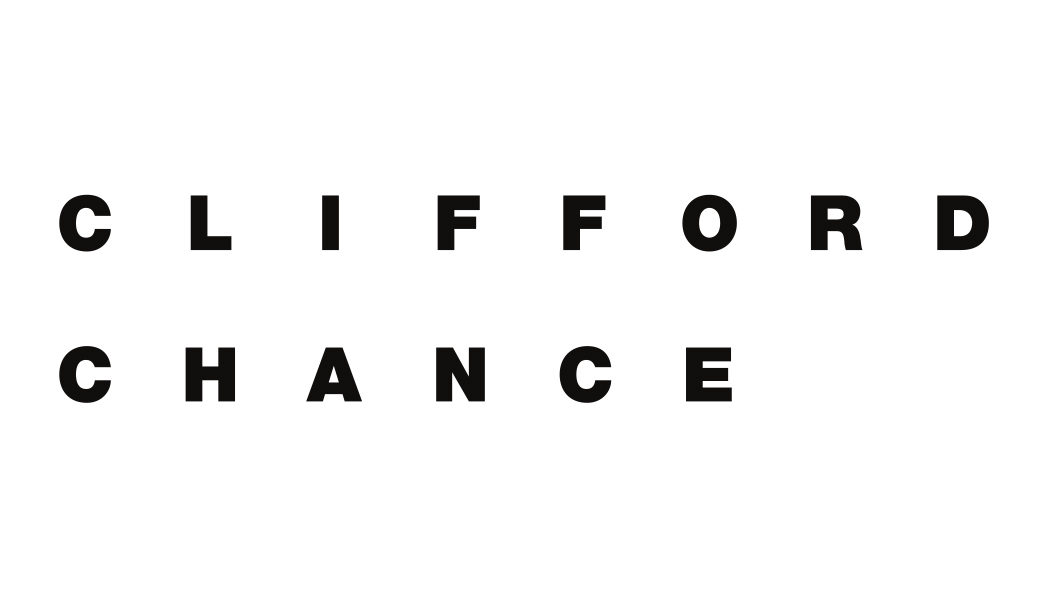The role as an Expert Witness can be equally challenging and diverse as it is satisfying; Graham McNeil comprehends with this as his clients span a wide range of sectors, which he sees as a positive thing, which of course provides challenges in itself when working in an expert capacity. As planning and quantum experts, he explains, they are expected to have a practical understanding of the nuances that are sector specific; Graham speaks with Lawyer Monthly about his role as an Expert Witness and the legal sector from his perspective.
Across the multiple sectors, you have worked in (regarding construction solutions), which has been the most difficult and why?
Perhaps the most challenging sector for me personally has been Rail. Not, the infrastructure around rail or indeed the trackwork itself, but rather and more specifically: signaling. The systems and processes involved are rather complex and take time to understand. I frequently joke to my Clients about the never-ending three letter acronyms DWS, APR, ATO, ATP, SER. Until you become familiar with the terminology it’s like sitting in your first French class as a child and simply having no idea what is going on or what people are talking about. With that said, once one is able to converse “in the same language” the principles of valuation that we adopt are consistent across the majority of sectors.
As a construction consulting professional, what common misconceptions do solicitors have in regard to construction requirements? How does this make your role as an Expert Witness more difficult?
Let me preface this by saying that I have the utmost respect for the legal profession and that these legal practitioners are now being faced with very demanding expectations. Solicitors who specialise in construction are familiar with the various forms of contract we operate within and are able to advise their clients in constructions projects from inception through to completion, guiding them through partnering agreements, claims, variations and the various forms of dispute resolution. Those seasoned solicitors and indeed barristers who are familiar with construction/contract law are a joy to work with. However, on the rare occasions we are appointed by firms who do not specialise or frequently operate in multiple jurisdictions and things can become more difficult. By way of example, lawyers may find themselves working in common law jurisdiction e.g. England or a civil code jurisdiction e.g. Taiwan. The answer one may derive from assessing concurrent prolongation in a common law jurisdiction may be different from a civil code jurisdiction where apportionment could come in to play. Having a solicitor appoint you early and seek initial opinion on the dispute in hand is key to finding the right expert. Solicitors who are perhaps not as familiar with construction disputes tend to appoint us at the eleventh hour. Remember, as experts we may not always agree with the case/valuation you put before us and a good expert will always remain independent and impartial when providing his opinion to you, whether we agree or not.
Having worked as an Expert on multiple disputes, do you feel that Expert services have improved over the years?
I have noticed a marked improvement on what the industry considers to be “best-practice” for the Experts involved. By way of example, to become an Accredited Practising Expert Witness with the Academy of Experts, one must undergo a rigorous vetting procedure (recognised by the law Society) to ensure standards of excellence are maintained. A comprehensive range of training programmes have been developed to assist members to enhance their expert skills and undertake Continuous Professional Development (CPD). As an Expert I must maintain my independence, impartiality and integrity. I am employed to assist the tribunal and any training or CPD that assists me to do that is most welcome. I would add one cautionary comment – there are a number of “Expert Experts” developing i.e. those that simply specialise on giving expert evidence. In my opinion, one must have a balanced portfolio of work to ensure you have live project experience enabling you to comment on current best practice.
What support do you often offer to solicitors and barristers during disputes?
As an Expert Witness, the level and type of support can vary depending on how advanced the matter is in the dispute process, but it would typically commence with some initial advice following a brief period of “reading in.” The advice in the first instance would focus on refining the relevant matters in issue that we, as the Expert, would be asked to address, this would then progress into providing some initial opinions related to those issues. It is not uncommon at this early stage to develop a list of information required, which is critical in order to refine the initial opinion. Thereafter, our Experts work closely with the legal team to assist in each stage of the chosen dispute resolution process, which could also include providing some input into Calderbank offers.
Alternatively, we may be appointed to act as an Expert Adviser. This this role typically means that we are involved far more strategically and tactically. This is most effective when given the opportunity to advise on the issues in dispute as early as possible. As an Adviser, we are not expected to appear as an Expert Witness in any hearing. Instead we work “behind the scenes,” working closely with the legal team on every aspect of the dispute. We are able to rely upon our commercial acumen to advise clients and their legal teams. Our obligations shift away from an impartial role with a duty to the tribunal and move towards us securing the best possible result financially for the Client.
With Asia rapidly developing and becoming a highly competitive continent, has this effect the number of international disputes? If so, what has changed and what future changes do you foresee?
The last two decades have been a time of tremendous change, excitement and opportunities in Asia and in the world. We are living in a more inter-connected and inter-dependent world, global trade and international investments have risen rapidly and the number of cross-border transactions has surged. In Asia, this has inevitably led to a rise in cross-border disputes involving multinational companies as well as Asian entities that are beginning to flex their muscles abroad. Parties involved in cross-border business will inevitably have to expend resources to ensure they are complying with a myriad of international and local laws and regulations. When disputes do arise, companies then have to invest further resources to navigate unfamiliar foreign legal systems, often having to rely on unfamiliar foreign counsel, as well as bearing the additional risks that accompany the cross-border enforcement of judgments. The major shifts in the global landscape that we are witnessing today ought to remind us that our legal systems cannot stand still. The quest to improve the dispute resolution process and to enhance access to justice must be an ongoing one. For example, in Singapore, an array of effective dispute resolution capabilities has been designed to meet the varied needs of its stakeholders and have been developed over the past years with the establishment of institutions such as the Singapore International Arbitration Centre (SIAC) and the Singapore Mediation Centre (SMC). Gazing further into the crystal ball, we see other countries in the Asia Pacific region embracing the Singapore model. The continued growth of international commercial arbitration has proven to be an excellent illustration of the cross-fertilization of civil and common law concepts, even offering a test-bed to further develop best practices in the resolution of transnational commercial disputes.
Do you feel that dispute resolution in Asia differs from other jurisdictions?
A common belief related to dispute resolution within the Asia Pacific region is the importance of saving face and public apologies. Where the Western legal culture typically embraces confrontation, and finding the ‘winner’ and ‘loser’ in a dispute, the Asia Pacific region has traditionally stressed the virtues of compromise and harmony. Due to underlying philosophical beliefs, saving face is an important issue to consider, especially in China and Vietnam and to a slightly lesser degree in India, South Korea and Japan. Chinese judges, for example, seem to be rather reluctant to render judgments that clearly point the finger at the wrongdoers of each party and prefer settling a dispute by way of mediation to avoid the confrontation between the parties. If I was to use a traffic light system to describe enforcement in various jurisdictions in Asia (with ‘green’ designating a state as pro-enforcement, ‘amber’ designating caution, and ‘red’ meaning problematic), I would give Hong Kong, Singapore, Taiwan, Korea, Malaysia, and Japan a ‘green’ light; Indonesia and Philippines an ‘amber’ light; and China, Thailand, and India ‘red’. The Courts in Hong Kong, Singapore, Taiwan, Korea, Malaysia, and Japan construe the nebulous concept of public policy narrowly, which is a ground for refusal of enforcement under Article V of the New York Convention. Over recent years, we have also noticed the use of adjudication gaining traction throughout the Asia Pacific region as a means of resolving disputes. This can be seen in Singapore and Malaysia with the implementation of the Security of Payment Act. However, not all countries see the benefits of this approach to resolving disputes. In Hong Kong for example, this form of dispute resolution is not yet available, although with the proposed introduction of the Security of Payment Legislation (SOPL), adjudication could become a compulsory first step in resolving most disputes.



